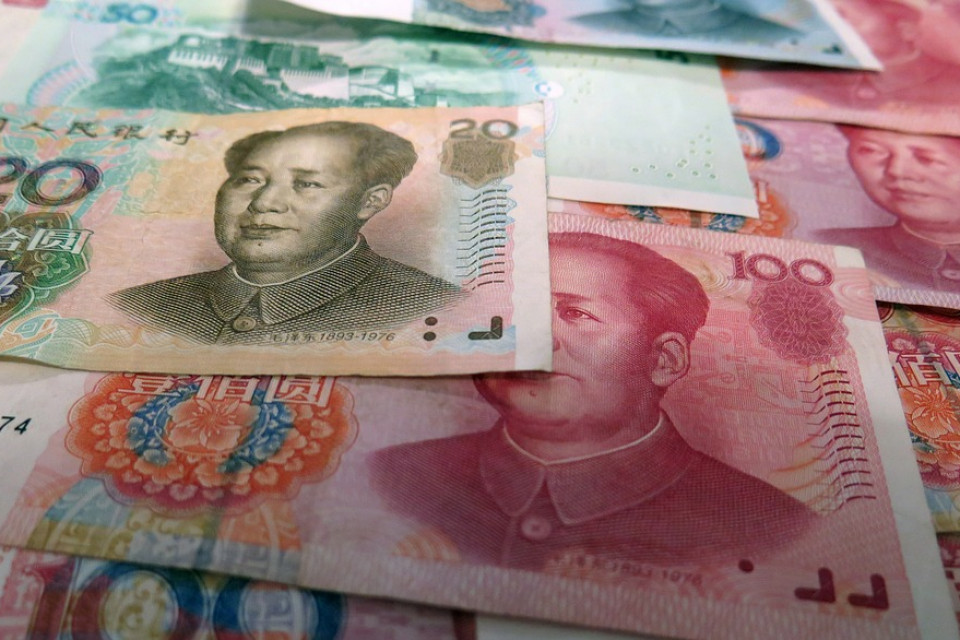In the last six weeks, since the beginning of May, we have been witness to continuous disagreements in economic relations between the US and China, purely commercial ones, those of access of companies to their respective domestic markets, particularly in sectors considered strategic, such as technology. They are all fields in which the United States and China settle an increasingly bloody battle for world economic leadership. The United States once again raised its tariffs on 200 thousand million dollars worth of imported goods from China, just over a third of the total, raising the tariffs from 10% to 25%, and threatening to do so on the rest of Chinese imports. For their part, China made its voice heard and stated, in addition to its right to retaliation, the conditions it is not willing to accept to continue negotiating. It limits the ability of the USA to contract with some companies with Chinese capital due to national security concerns and China will scrutinize the activities of North American companies in China. An action-reaction chain that could be stopped at a meeting between the presidents of both countries in the framework of the next meeting of the G-20 in Japan at the end of the month. Or perhaps not.
All these measures came when it seemed that the United States and China were about to close an agreement that would increase purchases of American goods, reduce subsidies to Chinese exports and strengthen the presence of American companies in the domestic market of this particular Asian country, in addition, and above all, to more effectively protecting the business intellectual property, eliminating the forced transfers of technology. The rational for this change of strategy could be multifaceted, with reasons that are also not mutually exclusive: first, to achieve a better agreement for their own position by being more demanding; secondly, to use the harsher conditions and the threat of rupture as an element in the domestic political debate; thirdly, to believe that, from a long-term point of view, the strategy of reaching an agreement is less advantageous than that of exerting pressure. In this respect, given that both economies are strategic rivals, the best thing would be, if everything they wanted out of the negotiation is not achieved, it would better to undertake the removal of barriers that favour economic decoupling, the breaking up of transnational value chains that include their rival, and even more so if we consider that this particular rival has unduly benefited from the advantages of multilateral trade governance and in general from the global economy.
Nevertheless, the global economy is one step closer to a total trade war if after the tariff increases and the retaliatory measures announced by China, the United States was to implement its threat to put tariffs on the rest of imports from this Asian country and the negotiations end up broken definitively.
The taking of position of financial markets, with falls in equities, flows to risk-free assets and increases in volatility, if continued, will have real effects on activity due to increase financing costs and the deterioration of confidence.. Some effects that could be added to those directly due to the increase in tariffs could be price increases that reduce the quantity of goods ordered, given the lower real purchasing capacity of households and companies.
The quantitative assessment of the impact of these measures is quite uncertain. First, because of the lack of recent evidence of the effect of similar measures. The costs of international trade, and in particular the tariffs on goods, maintain a continuous downward trend that place them at a minimum which has not been seen in several generations. In addition, the available econometric models do not allow us to pinpoint the impact of a quite complex phenomenon, which involves a multitude of geographies, products and types of barriers to trade flows, without establishing strong hypotheses on multiple fronts (for example, the imports and exports price elasticity for each economy and its capacity to quickly replace imports by domestic production).
At BBVA Research, we estimate that the 25% tariff increase could reduce Chinese GDP by 0.5 percentage points compared to a base scenario in which China would grow close to 6% in 2019. The impact on the other two large commercial blocks would be lesser, around 0.2 pp in the United States and 0.1 pp in the Euro area. In the case of going further, a risk that we consider at this time cannot be ruled out, although not being the central scenario, with tariffs on all imports from China and reprisals, roughly the impacts might double, with the uncertainty tending towards more intense effects due to the combination of real and financial channels in a vulnerable global scenario and with little margin of action of economic policies on the demand side, and less in a coordinated way.
The global economic scenario would then be one of intense adjustment, the most intense since the 2008-09 financial crisis.
However, even supposing that the punitive measures established in the last few weeks between the US and China are reversed, distrust remains. It could be that the disagreement in border control between the US and Mexico suddenly flares up severely, and the threat of tariffs has negative effects on investment decisions, regardless of whether implementing the threatened retaliation was suspended or could even be ruled out if a future agreement was to be reached.
The seed of uncertainty has been planted about what new discretionary measures could suddenly alter the framework in which economic exchanges take place. Therefore, the end point of this situation will not be the same, simply because some established restrictive measures are eliminated. No progress will be made towards a more favourable situation for all until we understand that the bilateral trade deficit is an erroneous goal, that the instruments used to achieve that goal (tariff increases) as well as being useless (the US deficit will rise if savings are not increased or investment reduced). They are counterproductive, generate uncertainty and weaken global value chains that increase the availability of products at more attractive prices.
The issue at hand is not that China's trade policy, in which the free market has a limited role, does not have to be confronted to ensure the existence of a balanced global framework for all.
There are many Chinese issues to complain about, some of them already targeted by the United States, but without risking everything that has already been achieved, building alliances in multilateral forums such as the World Trade Organization, which should be strengthened so as to be more decisive and effective. Because global trade is not a zero-sum game.










